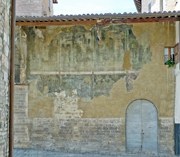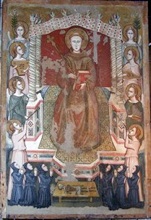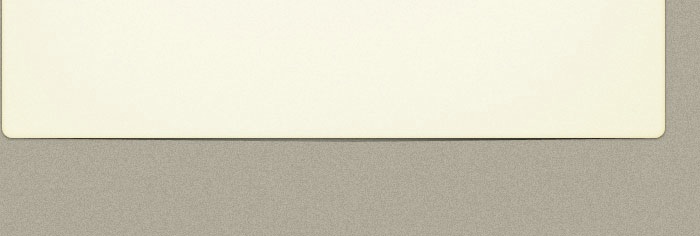


The Confraternita di San Francesco was first documented in 1330. Its oratory is also known by three other names:
-
✴di San Francescuccio, to distinguish it from the main church of San Francesco;
-
✴di San Leonardo, the name of the now-demolished church near Porta San Giacomo in which the confraternity originally met; and
-
✴delle Stimmate, after the confraternity became part of the Arciconfraternita delle Sacre Stimmate, Rome in 1594.
Gentile di Bernardo Fiumi gave the confraternity the land next to his family residence (now Palazzo Fiumi-Roncalli, to the right) for the present oratory in 1428. The Fiumi family continued their support into the 16th century:
-
✴Count Giacomo Fiumi was appointed to the confraternity by acclamation in 1490: and
-
✴Count Alessandro Fiumi was its prior in 1510.

The oratory is used for an Anglican service at 11 am each Sunday.
External Entrance Wall

The entrance wall (which is the left wall of the oratory) contains a number of interesting but damaged frescoes:
Granting of the Portiuncula Indulgence (early 15th century)

-
✴In the main scene, Christ and the Virgin appear to the kneeling St Francis, who is surrounded by angels.
-
✴SS Francis and Leonard stand to the sides, with God the Father above.
Annunciation (ca. 1439)
This heavily repainted fresco in the spandrels of the aedicule above the entrance has been attributed to Pietro di Giovanni Mazzaforte.
Seven Works of Mercy (early 15th century)

Interior of the Oratory

The main room is in the form of a hall with two bays and cross vaults.
Crucifixion with saints (15th century)

Meeting Hall

The brothers’ meeting hall is behind the altar wall.
Frescoes (late 16th century)
The frescoes in the meeting room depict:
-
✴the Crucifixion (1583) on the altar wall;
-
✴the granting of the Portiuncula Indulgence (1598), which is signed by Giuseppe Gisleri, in the vaults; and
-
✴scenes from the life of St Francis (1597-8) in the lunettes in the upper parts of the walls, with portraits of the brothers who commissioned them (in this case, Mariano and Francesco Nepi) below.

Art from the Oratory
Gonfalon (1378)


This double-sided processional banner from the oratory [which is dated by inscription?] is the oldest of its kind preserved in Umbria. It is the autograph work of the unknown Maestro del Gonfalone di San Leonardo (so-called because the confraternity still met in San Leonardo at the time that they commissioned the banner).
-
✴The main side depicts St Francis enthroned with angels and members of the confraternity.
-
✴The other side depicts:
-
•the Crucifixion with the Virgin and St John the Evangelist, with SS Mary Magdalene and Francis at the foot of the Cross (above); and
-
•the stigmatisation of St Francis (below). St Leonard witnesses the stigmatisation and holds the chains that signify his role as the patron saint of prisoners.
The banner is now in the Museo Diocesano.
Return to Oratories of Assisi.
Return to Monuments of Assisi.
Return to Walk II.
Return to the home page on Assisi.






